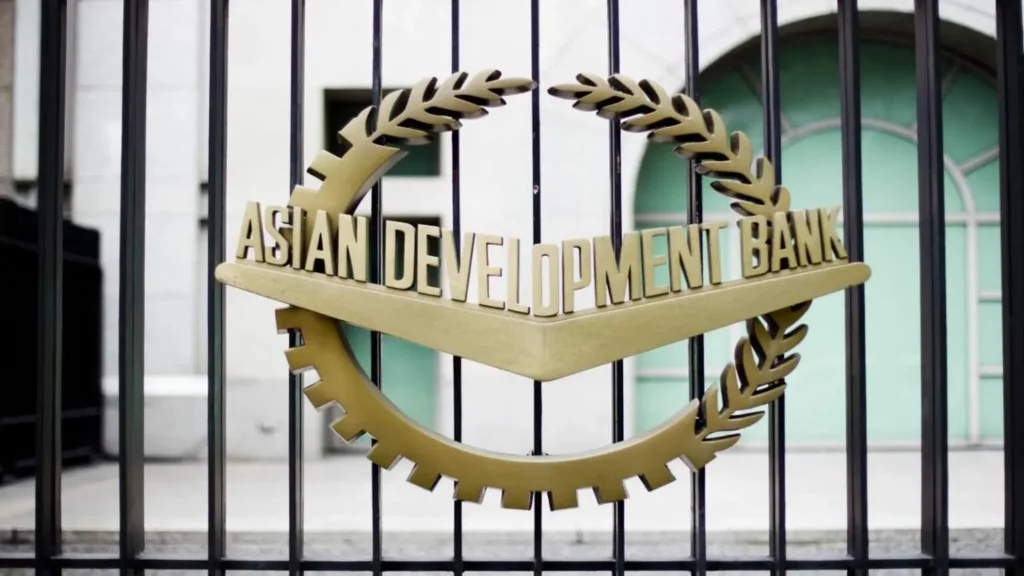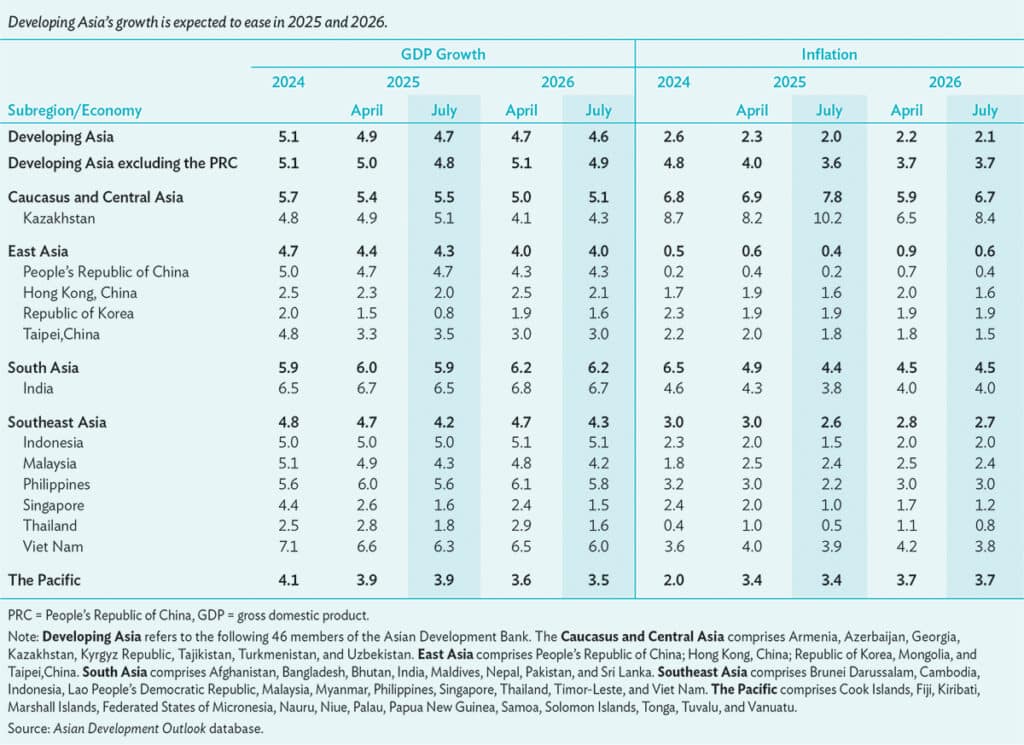ADB Raises 2025 Growth Forecast for Central Asia and the Caucasus to 5.5%

The economies of Central Asia and the Caucasus are expected to expand by 5.5% in 2025, according to the Asian Development Bank’s (ADB) July economic outlook. This marks a slight upward revision from the bank’s April forecast, which had projected 5.4% growth. The improved outlook is attributed to increased oil production and resilient domestic demand across the region.
However, growth is expected to moderate to 5.1% in 2026, as external conditions become more challenging. The ADB noted that, despite the overall positive trajectory, the region remains exposed to global uncertainties that could affect medium-term performance.
Asia-Pacific Outlook Weakened by Global Trade Risks
While Central Asia and the Caucasus saw their outlook upgraded, the broader Asia-Pacific region is now expected to grow by 4.7% in 2025, slightly down from the 4.9% forecast in April. The ADB cited global trade tensions, potential export contractions, and weaker domestic demand in key economies as the primary reasons for the downward revision.
The slowdown is expected to continue into 2026, with the region’s growth easing to 4.6%. Southeast Asian nations, in particular, are likely to be hit hardest due to their dependence on exports to the United States.
Inflation Revised Upward Amid Energy and Supply Chain Pressures

In its updated outlook, the ADB also revised its inflation forecast for Central Asia and the Caucasus. Annual inflation in 2025 is now expected to reach 7.8%, up from the previous forecast of 6.9%. By the end of 2026, inflation is projected to decline slightly to 6.7%.
The ADB highlighted several downside risks for the region, including:
- Localised armed conflicts
- Disruptions to global supply chains
- Volatility in global energy prices
- A potential downturn in China’s property sector
Kursiv also reports that Uzbekistan faces higher risk from US tariffs than regional peers.

